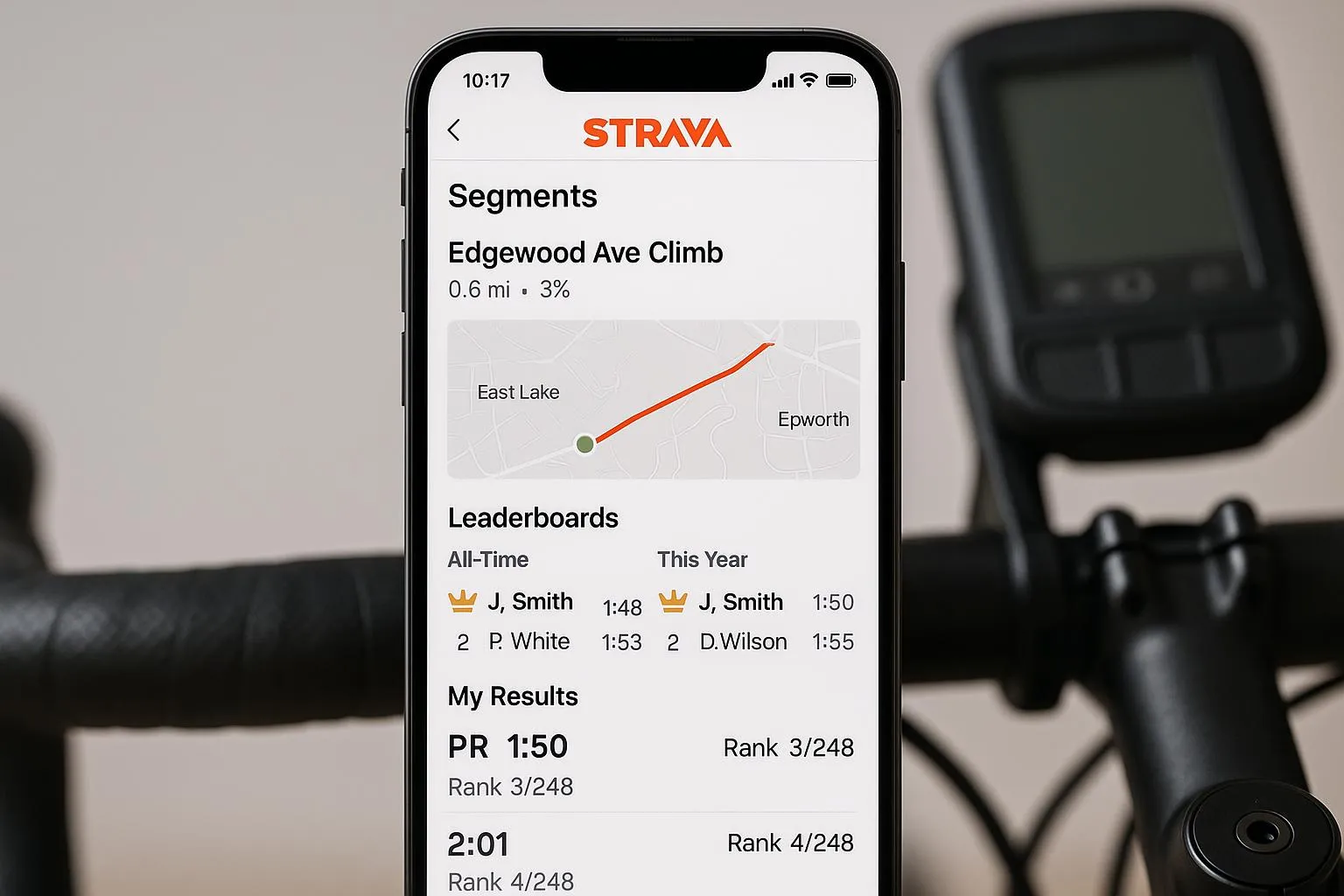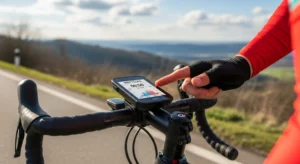In the hyper-connected world of modern cycling, data is king. And for years, two companies have reigned supreme: Strava, the social network for athletes, and Garmin, the undisputed leader in GPS technology. For years, these two giants have coexisted in a delicate balance, a symbiotic relationship that has benefited both companies and the millions of cyclists who use their products. But in October 2025, that balance was shattered. Strava filed a bombshell lawsuit against Garmin, a $120 million legal battle that has sent shockwaves through the cycling world and is reshaping the future of cycling tech.
The Heart of the Dispute: Segments and Heatmaps
At the heart of the dispute are two of the most popular features in modern cycling: segments and heatmaps. Segments are user-created virtual race courses, sections of road or trail where cyclists can compete for the fastest time. Heatmaps are a visual representation of the most popular routes and trails in a given area, a powerful tool for discovering new places to ride. Both of these features were pioneered by Strava, and they have become an integral part of the cycling experience for millions of riders.

For years, Garmin has licensed these features from Strava, integrating them into their popular Edge bike computers and Forerunner smartwatches. But in 2024, Garmin released a software update that allowed users to create their own custom segments and view popular route overlays directly on their devices, without the need for a Strava subscription. Strava alleged that this was a violation of their 2015 cooperation agreement and a blatant attempt to steal their intellectual property.
The Lawsuit and the Aftermath
Strava’s lawsuit sought $120 million in damages and a permanent injunction against the sale of any Garmin devices that included the infringing features. The lawsuit sent shockwaves through the cycling world, with many riders fearing that they would lose access to the features they had come to rely on. But just 21 days after the lawsuit was filed, it was abruptly dismissed. The two companies had reached a behind-the-scenes settlement, a new agreement that would allow them to continue to work together, but with a new set of rules.
Under the terms of the new agreement, Garmin will still be able to integrate Strava’s segments and heatmaps into their devices, but with some important new restrictions. All Strava-derived data must be clearly labeled as such, and users will no longer be able to create or edit segments directly on their Garmin devices. Instead, they will have to use the Strava app or website.

The Future of Cycling Tech: A New Era of Competition
The Strava vs. Garmin lawsuit is more than just a legal dispute between two tech giants. It’s a sign of the maturation of the cycling tech industry, a sign that the stakes are higher than ever before. In the new era of cycling tech, data is the new gear, and the companies that control that data will be the ones that succeed. The Strava vs. Garmin lawsuit may be over, but the battle for the future of cycling tech is just beginning.
For more insights on cycling and technology, explore our comprehensive guides on GPS Bike Computers: The Ultimate Guide to the Latest Tech in 2025, and Cycling Data Analytics: How to Use Your Numbers to Become a Faster, Smarter Cyclist.
Explore additional resources on The Strava vs. Garmin Lawsuit: What It Means for Cyclists – DC Rainmaker, The Future of Connected Fitness – The Verge, Intellectual Property in the Cycling Industry – Bicycle Retailer, Strava Developer API, and Garmin Connect IQ SDK.




